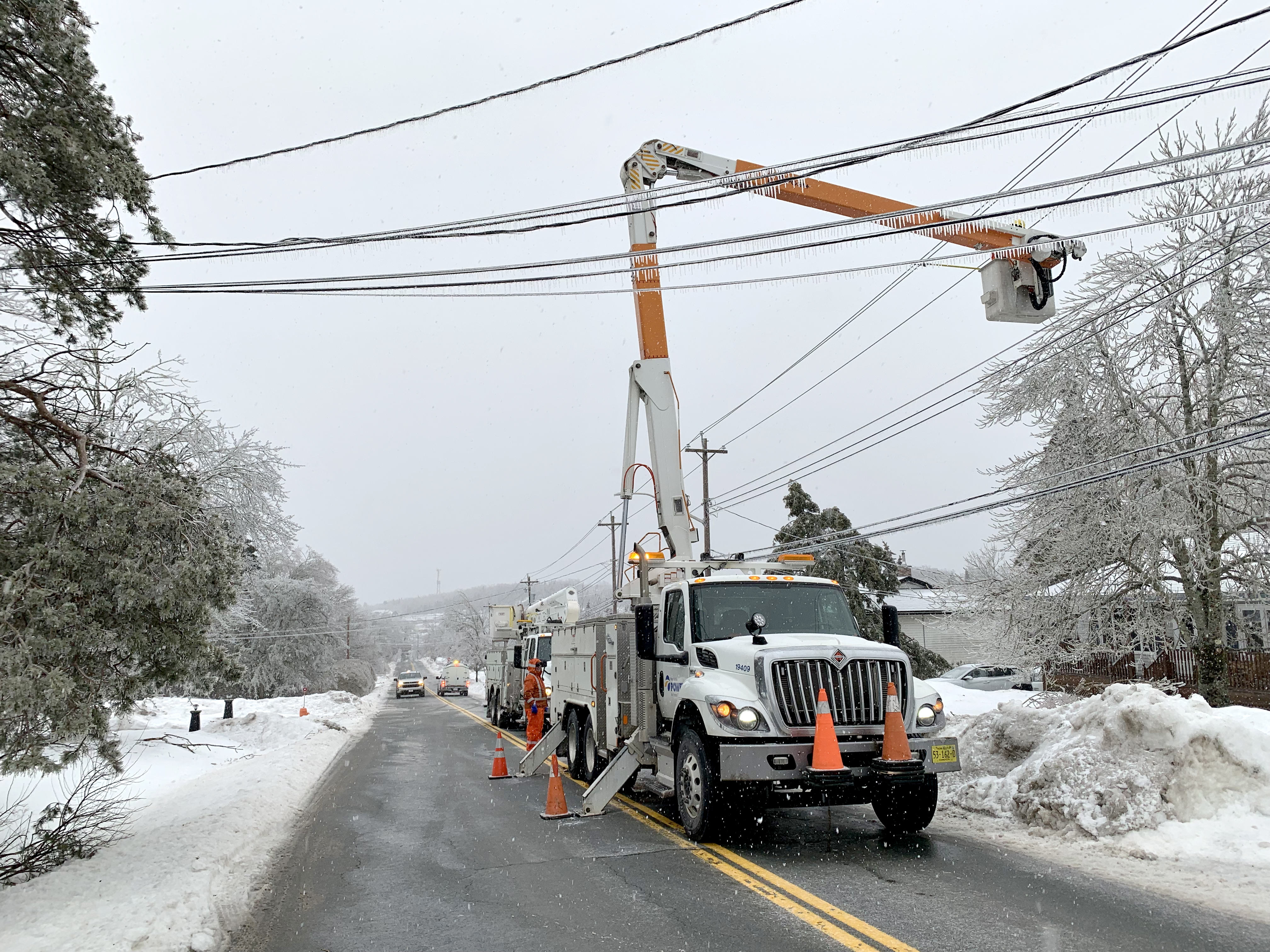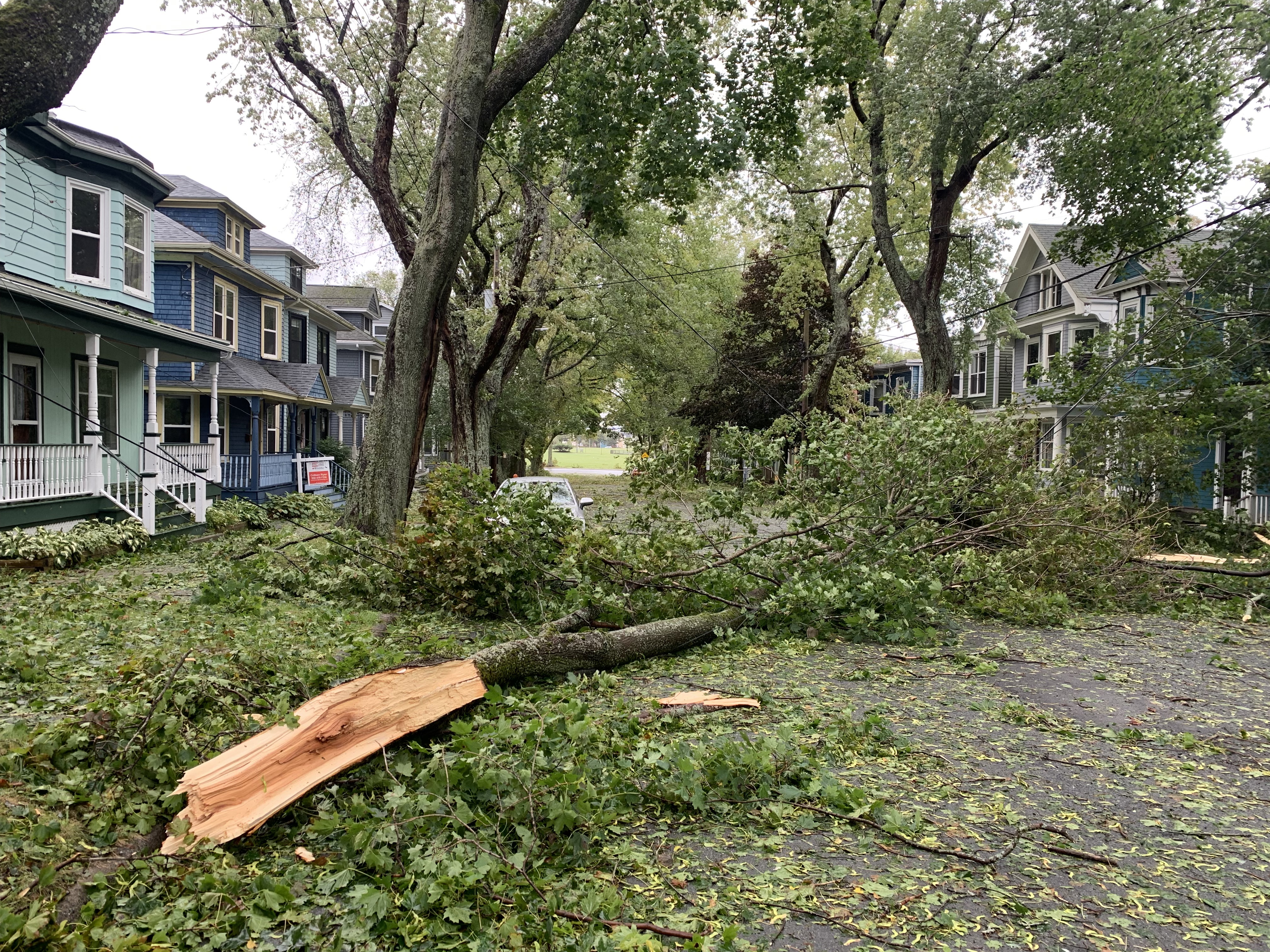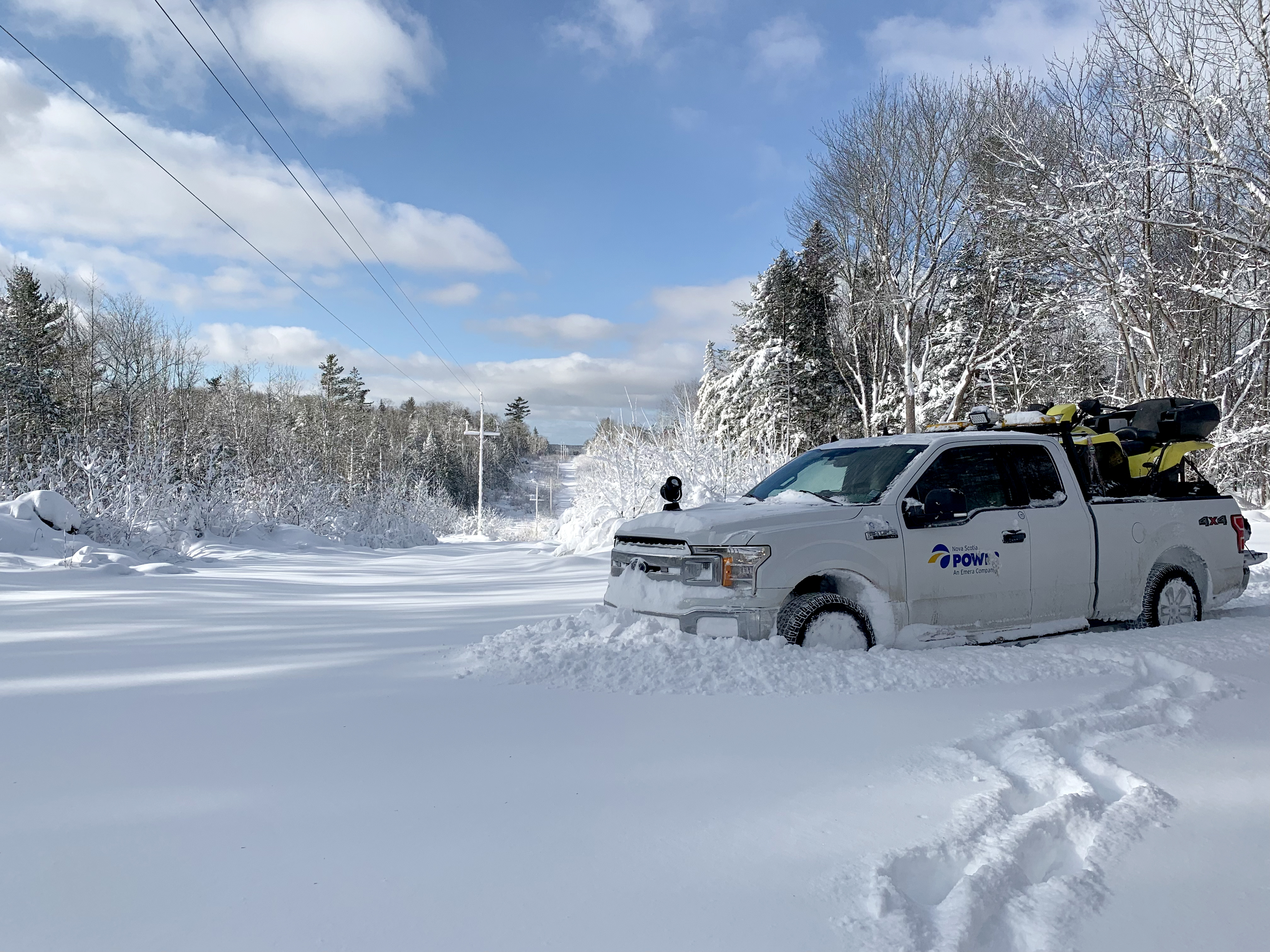You Asked, We Answer: Is it possible to reach 100% clean energy?
Around the world, utilities and governments are setting clean energy targets to address climate change. Here in Canada, we’ve committed to reaching net zero emissions by 2050. It’s an ambitious shift that will change our energy sector—and our country—over a generation.
What does this target mean for us in Nova Scotia? We’re working towards 60 per cent clean energy by 2022, and we won’t stop there. As we continue to build a cleaner, greener energy future for our province, many Nova Scotians have reached out with questions like this one from Chris, a customer who wrote to us on our Facebook page:
Can we reach 100 per cent clean energy? And will our energy grid be able to sustain the load with all the new electric vehicles and more coming online in the future?
It’s a great question! We asked Mark Sidebottom, our Chief Operating Officer, and lead of our decarbonization strategy to share his answer.
Growing Nova Scotia’s clean energy—the challenge and opportunity
Removing carbon from the electricity we generate is critical. Electricity generation is one of the top contributors to greenhouse gas emissions in Nova Scotia. It makes up approximately 42 per cent of our carbon emissions. It means we have an opportunity to make a huge impact for our environment by closing our coal plants over the next decade and by transitioning to clean energy.
Is it possible to eventually reach 100 per cent clean energy? Yes—but it’s a complex shift that requires the right infrastructure, generation mix, and technology development. We need to effectively integrate clean energy to the grid, while ensuring we can still meet our customers’ energy demands.
While provinces like Quebec and Ontario rely on hydro power, a clean and reliable energy source, to reach their clean energy targets, here in Nova Scotia, we simply don’t have the abundance of hydro capacity opportunities. Although our hydro facilities—many of which have been generating clean energy from our rivers for a century—will contribute to our clean transition, they represent one piece of the puzzle.
Another clean resource that will be no surprise for anyone that’s spent time in Nova Scotia, is our blustery weather. Today wind drives our clean energy generation, but because it’s an intermittent resource, we can’t depend on it to blow exactly when we need to meet demand. There can be several days where the whole province is calm—and during those periods, we need reliable backup sources of energy. Right now, strategic use of fossil fuels is providing that.
Harnessing technology and collaborating with our neighbours
Batteries are another puzzle piece in our clean transition and can help us grow our use of wind and solar energy and use it reliably. We’re exploring how at-home and grid-sized batteries, can store intermittent clean energy and bring it to the grid as needed.
As we accelerate our transition and explore new technology, we know we need to balance affordability for customers. And that’s one of the reasons collaboration with federal and provincial governments, and other utilities is so important. Transmission connections to clean power sources in other parts of Canada can help us meet demand for low-carbon energy in an affordable way. The Maritime Link, which allows us to access hydro power from Newfoundland and Labrador is one excellent example.
The path to a cleaner future
As we work towards 60 per cent clean energy by 2022, 80 per cent clean by 2030, and beyond, we’re also planning to support a more electrified world. Our customer, Chris asked if the grid can accommodate more Nova Scotians choosing to drive electric and the answer is yes! We’re modernizing the grid and planning for the future. Projects like our EV smart charging pilot, which is a part of the Smart Grid Nova Scotia program, allow us to test and plan for how technology like smart EV chargers can help us manage peak demand for electricity. Vehicle-to-grid technology, where EV owners can feed the energy stored in their EV battery back into the grid during peak demand periods may also be an option in the future.
All of this means that not only can we accommodate more Nova Scotians using electricity, it’s becoming a greener, cleaner option every day. When you heat your home with electricity, or use an electric appliance, you’re reducing your household emissions by plugging into a greener grid.
For more information about our clean energy transition, and how technology plays a role, visit the links below:
- Smart Grid Nova Scotia
- What’s next for Nova Scotia’s clean energy transition?
- You Asked, We Answer: Electric Vehicles
- How batteries are powering our renewable energy transition
Share This Post:





